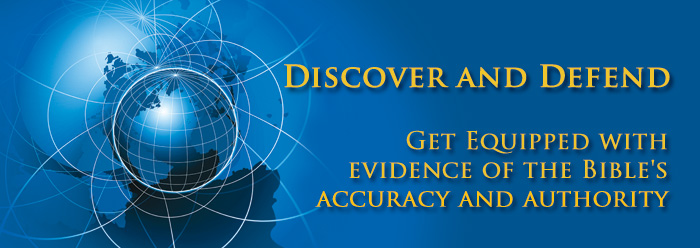Introduction
2 Peter
Introduction to II Peter
Peter’s second epistle was addressed to the same recipients as the first (II Peter 3:1) and presumably was, like the first, sent from Babylon, probably only a year or so after the first. Unlike the first letter, however, it is not so much occupied with preparation for coming persecution but rather with preparation and warning against false teachers infiltrating the church.
Perhaps this is because Peter knew his own death was near (II Peter 1:14), and he realized that deceptive teachers would eventually prove far more deadly to the church and the true gospel than would outright persecution. In this respect, Peter’s last words are quite similar to Paul’s last words in II Timothy. This is true also of the final chapter of James, the last book written by John (i.e., Revelation) and the final (and only) chapter of Jude. All of these point forward to the imminent return of Christ and warn of dangers from within the church itself.
In particular, Peter warns against “cunningly devised fables” (II Peter 1:16), hypocritical Christ-denying teachers (II Peter 2:1), profiteering preachers (II Peter 2:3,15), antinomian teachers (II Peter 2:13,19), and especially evolutionism and uniformitarianism (II Peter 3:3-6).
Like Paul and John in their final words, Peter also stressed the importance of the Bible, especially in the last days (II Peter 1:19-21; 3:2,16; compare II Timothy 3:15–4:2 and Revelation 22:18-19).
On the face of it, it seems obvious that Peter was the author, but many critics have argued against this conclusion. It was one of the last New Testament books to be accepted in the New Testament canon. It may be that this resistance was because of its strong condemnation of false teachers in the church. Nevertheless, it claims to have been written by “Simon Peter, a servant and an apostle of Jesus Christ” (II Peter 1:1); the writer refers to Christ’s prediction of his death (II Peter 1:14); he affirms his own presence at the transfiguration (II Peter 1:16-18); he refers to his previous epistle (II Peter 3:1); and he refers to “our beloved brother Paul” (II Peter 3:15). If this is all a forgery, it is most blatant, and marks the writer as one of the very worst of the false teachers he was condemning. All this is so improbable that the idea is absurd. Peter wrote the epistle, and its own spiritual witness with our spirits as we read the epistle surely confirms its authenticity and divine inspiration.
There is considerable similarity between II Peter and Jude (see the “Introduction to Jude”), with the strong probability that Peter’s epistle was first. In referring to it as of apostolic authority, Jude adds further testimony to the canonicity of II Peter (see Jude 17-18).




